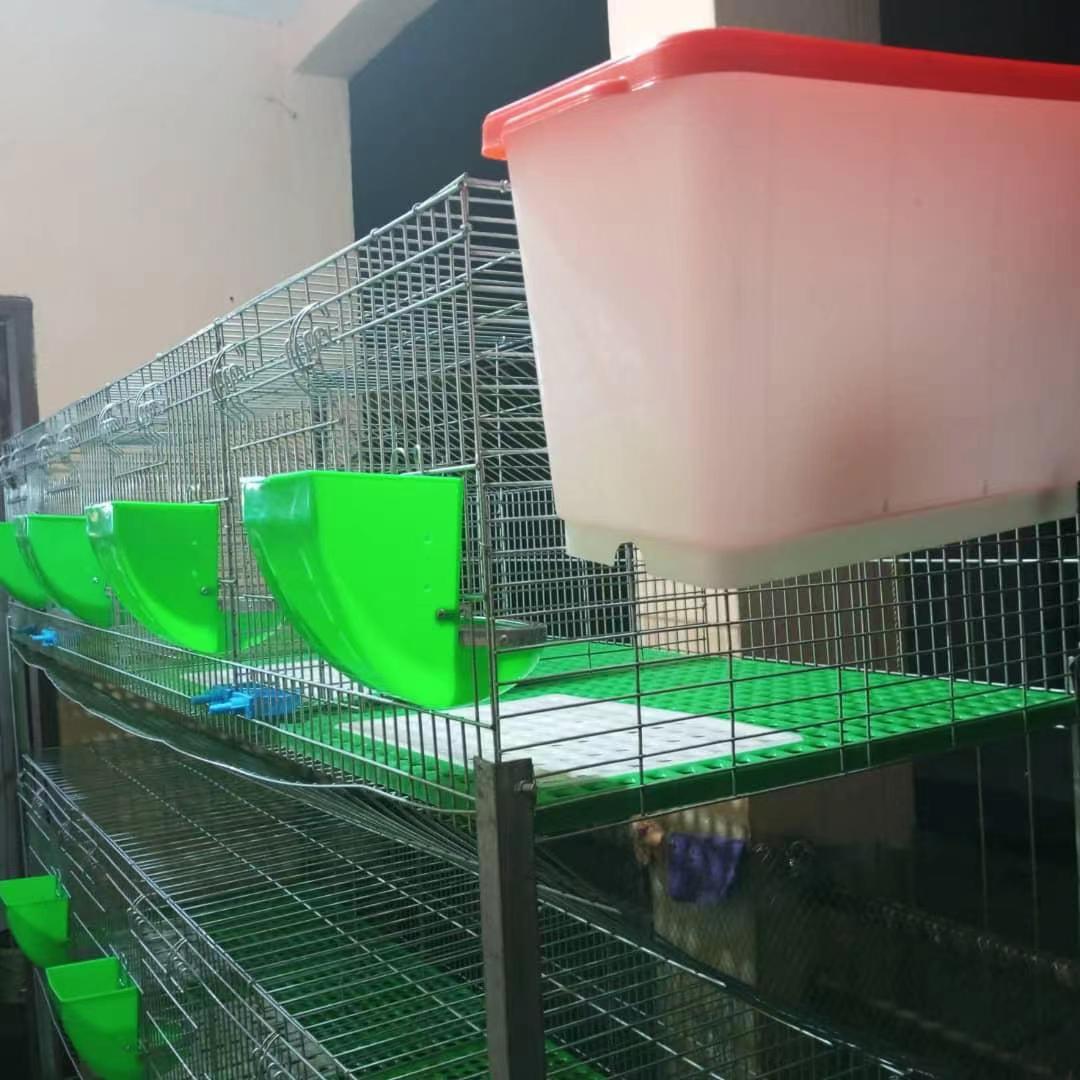paper egg tray machine
Nov . 18, 2024 21:41 Back to list
paper egg tray machine
The Paper Egg Tray Machine Revolutionizing Egg Packaging
In the realm of sustainable packaging solutions, the paper egg tray machine has emerged as a pivotal innovation. This machinery not only addresses environmental concerns associated with traditional packaging but also offers practical and economic advantages for egg producers. This article delves into the functioning, benefits, and future potential of the paper egg tray machine.
Functioning of the Paper Egg Tray Machine
The paper egg tray machine utilizes recycled paper pulp to create egg trays that are both sturdy and eco-friendly. The process begins with the collection of waste paper or cardboard, which is then processed and blended with water to form a slurry. This slurry is poured into molds shaped like eggs, where it is subjected to a vacuum to remove excess water. The trays are subsequently dried using heat or in sunlight, depending on the scale of production and available resources.
There are different types of paper egg tray machines, ranging from small, manual setups suitable for local production to large, fully automated systems capable of producing thousands of trays per hour. Regardless of the scale, the core principle remains the same transform recycled materials into a product that protects eggs during transportation and storage.
Benefits of Paper Egg Trays
1. Environmental Sustainability One of the most significant benefits of the paper egg tray machine is its contribution to environmental sustainability. Traditional egg packaging materials, such as plastic and Styrofoam, pose considerable ecological threats. In contrast, paper egg trays are biodegradable and recyclable, significantly reducing landfill waste and pollution.
2. Cost-Effectiveness For egg producers, using paper egg trays can also be a cost-effective alternative. With the rise in global waste management challenges, sourcing recycled paper can often be cheaper than procuring new plastic materials. Moreover, the production process of egg trays from waste paper can also be less energy-intensive.
3. Customization and Branding The versatility of paper allows producers to customize their egg trays with branding, colors, and designs. This not only enhances the aesthetic appeal of the product but also serves as a marketing tool. Customized packaging can attract consumers and differentiate a brand in a competitive market.
paper egg tray machine

4. Protective Features Paper egg trays provide excellent cushioning, reducing the likelihood of egg breakage during transport. The molded design allows for individual compartmentalization, ensuring that eggs remain stable and secure, thus preserving their quality.
5. Job Creation and Local Economy The establishment of paper egg tray manufacturing units not only promotes sustainable practices but also supports local economies. Such businesses can generate employment opportunities, providing vocational training and a source of income for local communities.
Challenges in Adoption
Despite the numerous advantages, there are challenges that could hinder the widespread adoption of paper egg tray machines. Initial investment costs can be substantial, particularly for larger manufacturers looking to implement automated systems. Additionally, the interruption in supply chains for recycled paper, as seen during global crises, can affect production.
Moreover, there is a need for education and awareness regarding the benefits of paper egg trays among consumers and producers alike. Transitioning from traditional materials to eco-friendly alternatives requires a mindset shift, which can take time.
Future Potential
As the global focus on sustainability intensifies, the paper egg tray machine is positioned for significant growth. Innovations in biodegradable materials and improvements in production efficiency are likely to pave the way for more widespread acceptance. Industry partnerships, government incentives, and consumer demand for sustainable products further enhance the prospects for this technology.
In conclusion, the paper egg tray machine represents a promising step towards sustainable packaging solutions in the egg production industry. By fostering ecological responsibility, promoting local economies, and meeting consumer demands, this technology not only ensures the protection of eggs but also contributes to a healthier planet. As more stakeholders recognize its potential, the future of paper egg trays looks bright, supporting a shift towards sustainable practices for years to come.
-
Hot Sale 24 & 18 Door Rabbit Cages - Premium Breeding Solutions
NewsJul.25,2025
-
Automatic Feeding Line System Pan Feeder Nipple Drinker - Anping County Yize Metal Products Co., Ltd.
NewsJul.21,2025
-
Automatic Feeding Line System Pan Feeder Nipple Drinker - Anping County Yize Metal Products Co., Ltd.
NewsJul.21,2025
-
Automatic Feeding Line System - Anping Yize | Precision & Nipple
NewsJul.21,2025
-
Automatic Feeding Line System - Anping Yize | Precision & Nipple
NewsJul.21,2025
-
Automatic Feeding Line System-Anping County Yize Metal Products Co., Ltd.|Efficient Feed Distribution&Customized Animal Farming Solutions
NewsJul.21,2025






